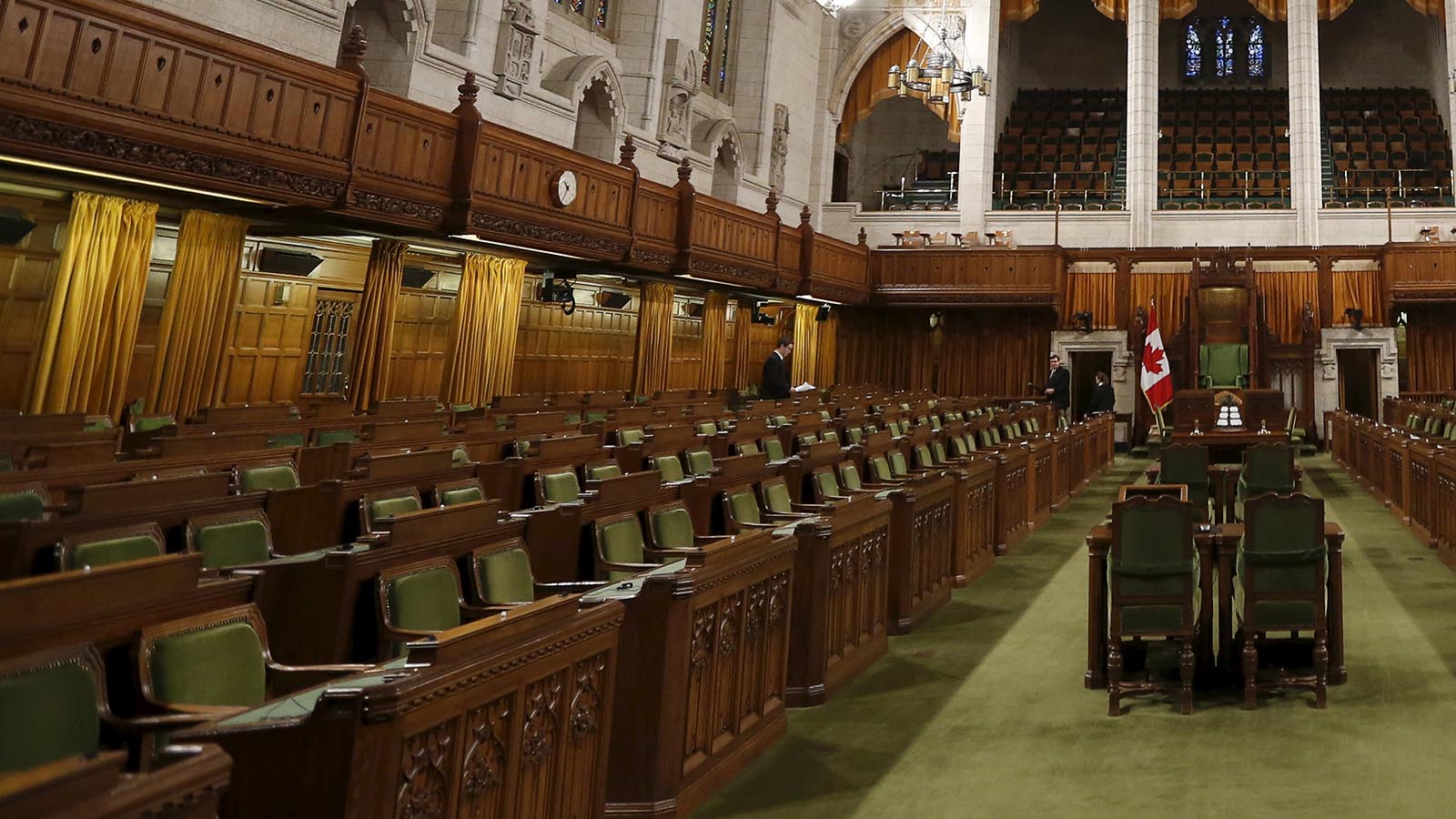Why Ottawa should resist the urge to be helpful
‘Real change’ doesn’t happen overnight—or without the necessary funds
Share

Some things are taking longer than people hoped. Syrian refugees, for instance. I wrote this column on Jan. 5, and the federal government’s handy website told me 6,300 Syrian refugees had arrived in Canada. The number will grow. It did not reach 25,000 by the last day of 2015 (Justin Trudeau’s campaign promise) or even 10,000 (his first goal after his government was sworn in) unless some of those Syrians bring time machines.
Staffing up the offices of government is taking time too. The Liberals launched a website for job applicants, and put word out a few days later that they had received 20,000 applications. Apparently none of those people applied for a job processing job applications from random Internet people. There is a bottleneck. There is still tumbleweed blowing through most ministers’ offices. It won’t last. Growing pains, is all.
At the end of the month, MPs will return to the House of Commons. Sort of: The Parliamentary calendar for 2016, which the Liberals inherited from the Conservatives, is one of the lightest in a decade. MPs will return at the end of January for two weeks, then take a week off. Then back for two weeks, then a week off. Back for another week, then a week off. Another week on, then two weeks off. Through the end of March, the House will sit for one-third fewer days than in a typical year. It will be May before MPs stay in town for three consecutive weeks. The new government needed the assent of all parties to change the 2016 calendar. It couldn’t get them to agree. The calendar will bottleneck Trudeau’s ambition almost until summer.
Money will be a constraint long after. Briefing notes prepared for Trudeau, the Canadian Press reported, warn him he will be working in an environment characterized by “complex policy, rapid technological change, limited finances and increasing demands for citizen involvement.” Complexity, speed and openness will tend to make government more expensive. Limited finances—limited in large part by Conservative GST cuts Trudeau is loath to reverse—will make it hard to pay for.
This will be sad news for the caravans of petitioners now making their way toward Ottawa to seek a cut of Trudeau’s sunny ways. The cupboards are bare. Or rather, their contents are spoken for: There will be billions for infrastructure, billions more for new child benefits, smaller amounts to combat climate change and make good things happen in First Nations communities. Bills that big leave little for other projects.
This is important context for two of the government’s new ministers, Navdeep Bains and Kirsty Duncan. Duncan is the minister of science. Bains is the minister of innovation, science and economic development. In the old days we would have called him the minister of industry.
A stink bomb landed on both ministers’ desks at the end of November. It was the biennial report of the government’s own Science, Technology and Innovation Council, composed of experts from universities, business and the civil service. It tells such a distressing story about the performance of science and the innovation performance of business that the Conservatives postponed the report’s release until after the election.
“Canada has fallen behind its global competition on key performance indicators,” the report says, “reflected most tellingly in business investment in research and development.” By most measures, Canada has been falling behind comparable countries in private sector R&D for a decade. While it still produces world-leading scientists in many fields, its talent base has shown “mild erosion” as highly mobile researchers begin to look outside Canada’s borders for their future, the report said.
Turning those worrisome trends around without spending a lot of money will be a nice challenge. This government could help by simply getting out of researchers’ way. The Harper government targeted research funding ever more narrowly, funding “research into Alzheimer’s disease” as though a government could know, in advance, which breakthroughs in molecular biology would help combat Alzheimer’s and which won’t. Un-targeting that targeted funding would free more scientists to do more science instead of paperwork.
The Liberals could also resist the urge to be helpful. This week Bains visited a monument to governments’ urge to help: the MARS Discovery District building in Toronto. It was an attempt by Ontario’s governments, Conservative and Liberal in quick succession, to solve a problem: not enough Canadian businesses implement new ideas and technologies. So the government and the University of Toronto would make a building in downtown Toronto. Businesses that implement new ideas and technologies could move in. Too few have, and taxpayers are still learning about all the ways they have paid to fill the building over the years.
No new business that was free to make its own choices would move into a downtown Toronto office building, with traffic jams on every side. You might as well ask a business to lift its product in buckets from a well. MARS was built within sight of the Ontario legislature, as a handy reminder of the limits of politicians’ vision.
The urge to complicate comes naturally to politicians. Bains and Duncan must do something harder: simplify. If they can do that, they won’t need much money. If they can’t, more money won’t help.